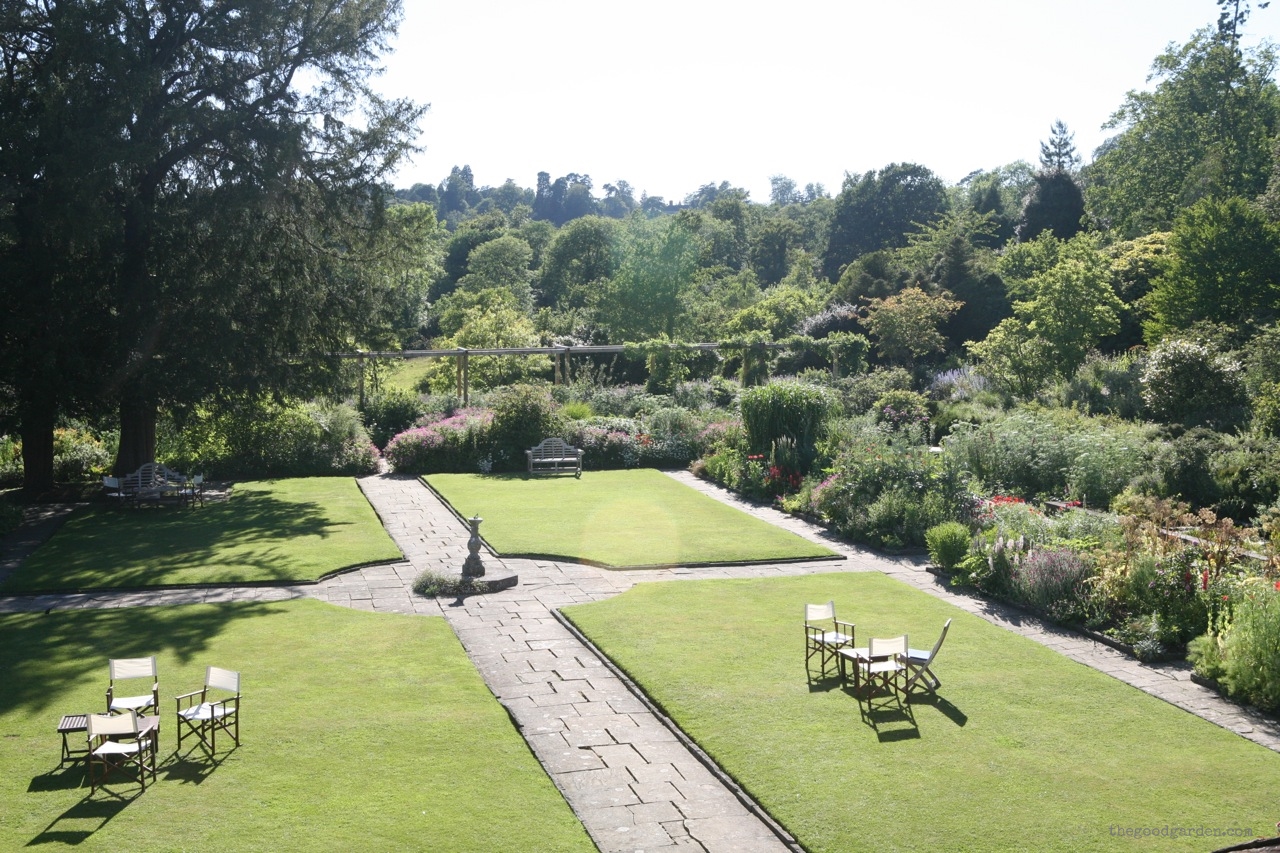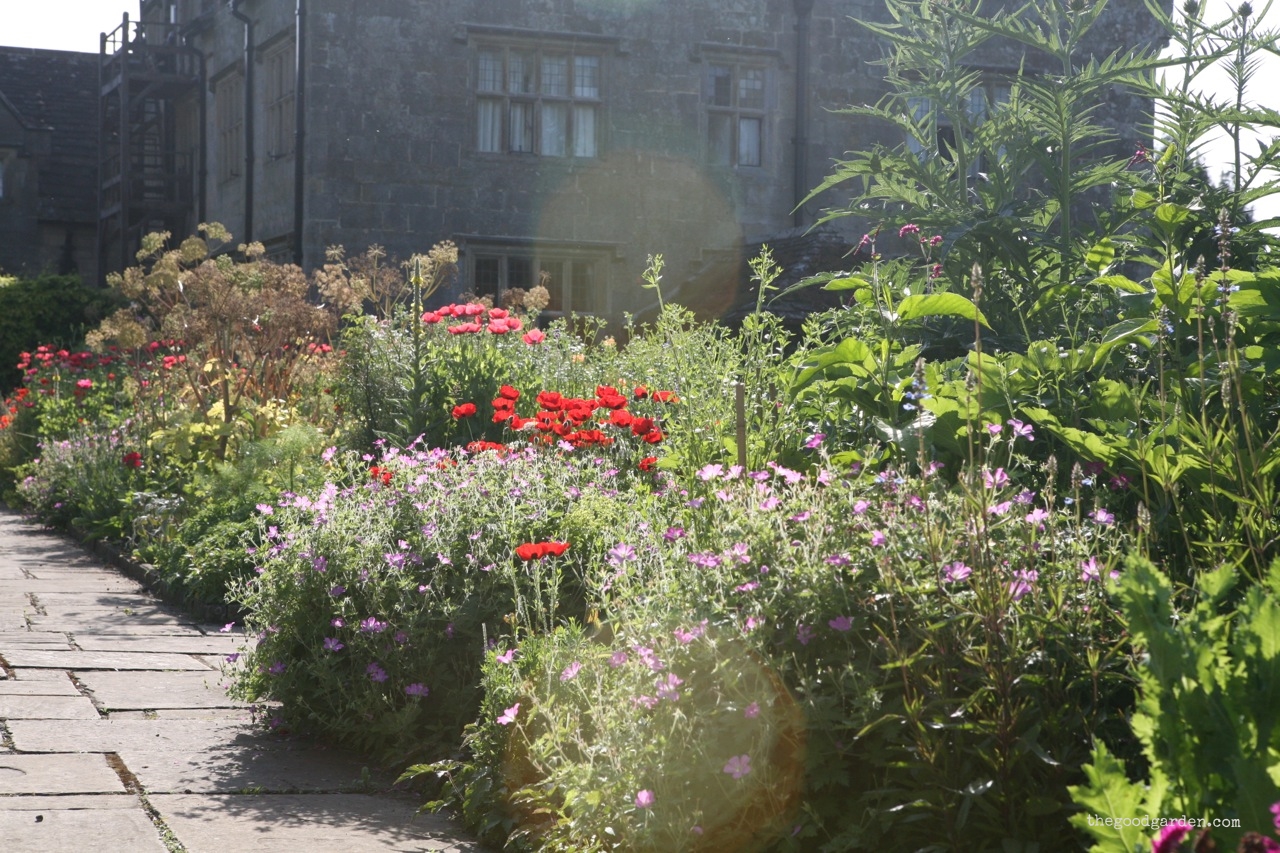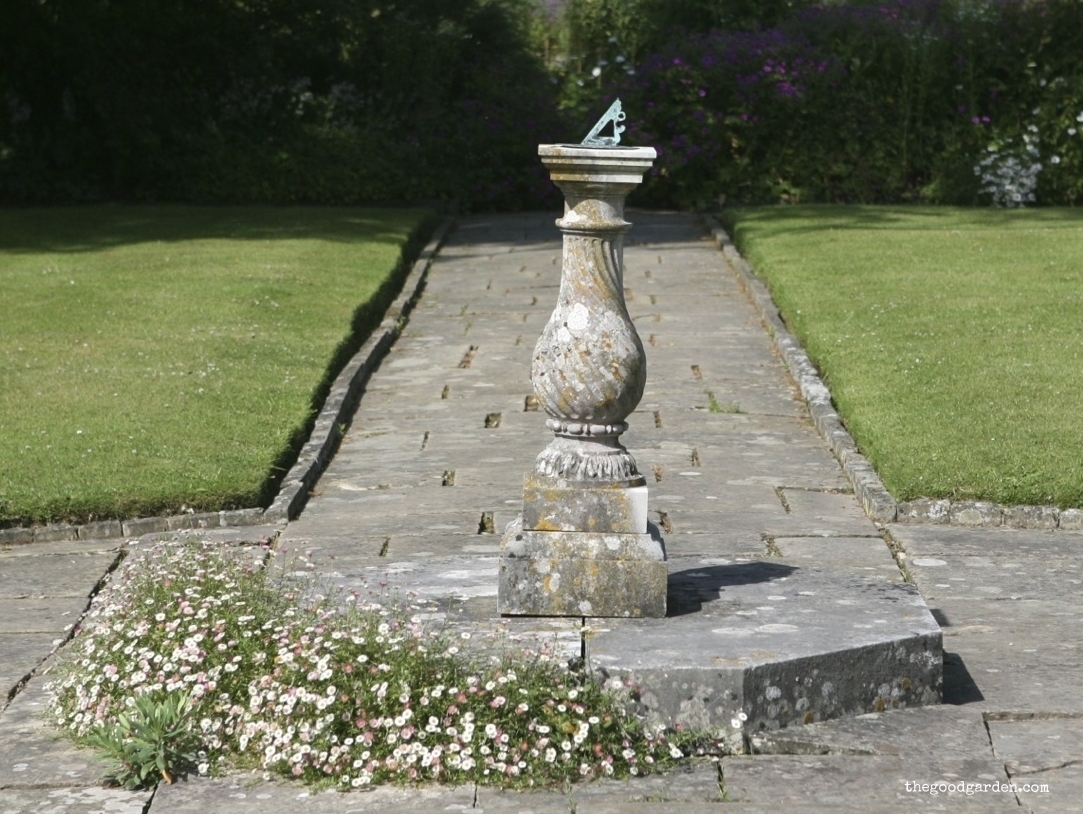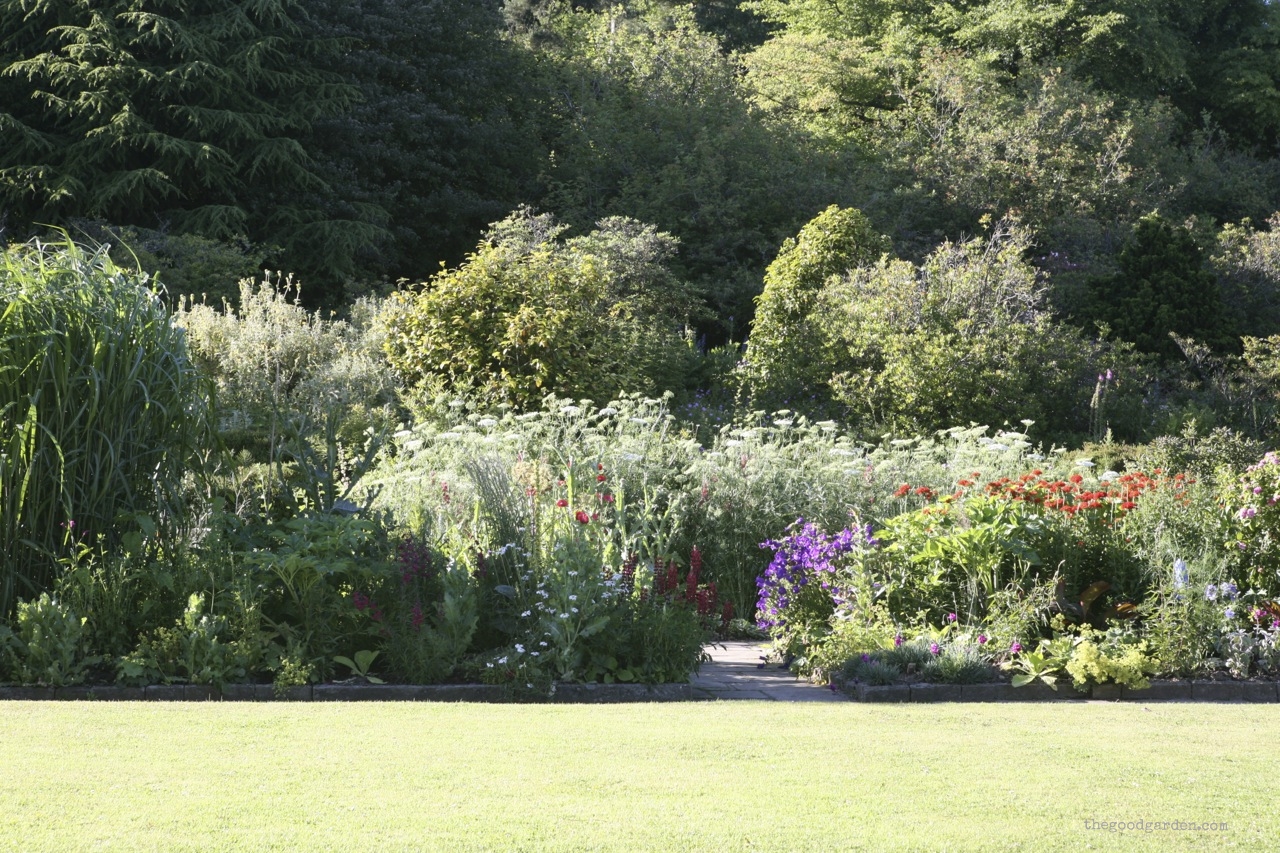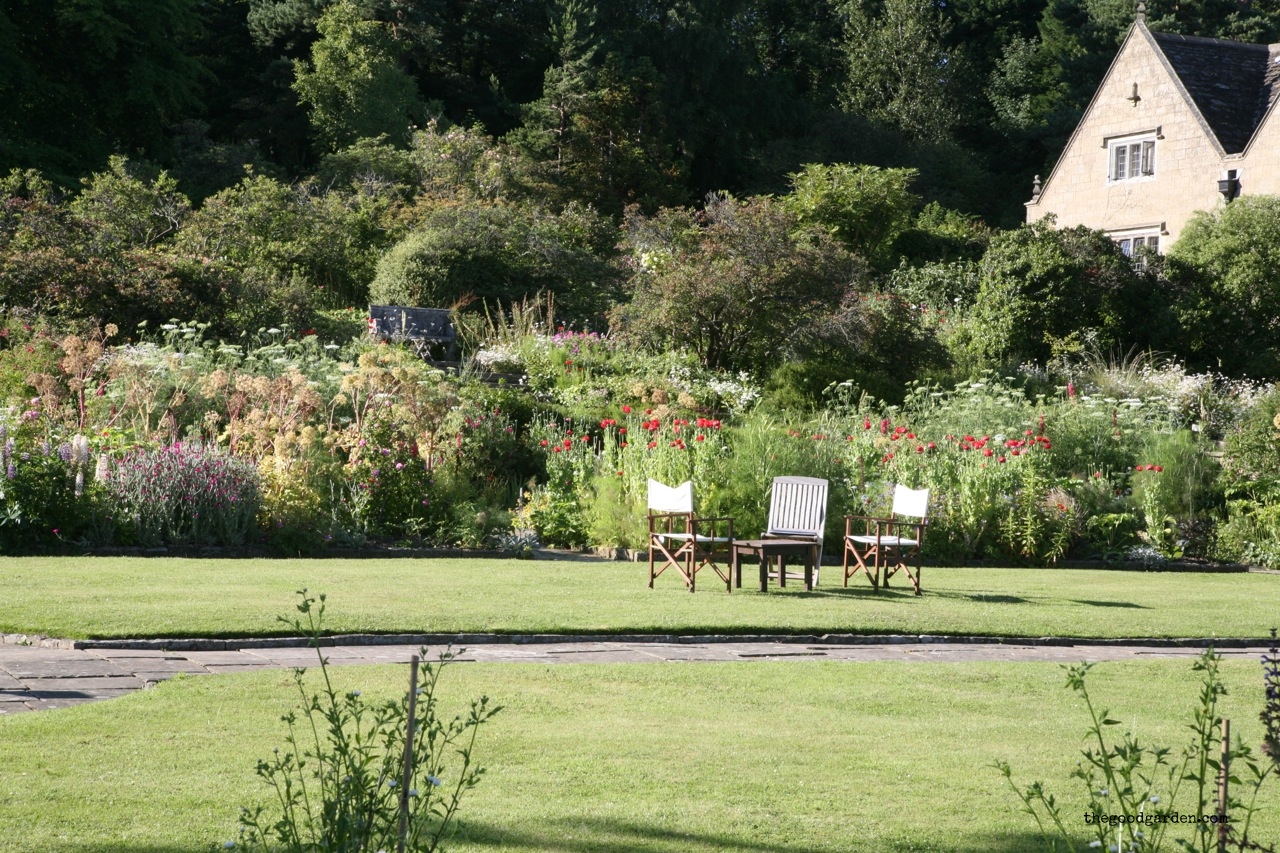Portrait of William Robinson. Source: Telegraph
“My object in The Wild Garden is now to show how we may have more of the varied beauty of hardy flowers than the most ardent admirer of the old style of garden ever dreams of, by naturalizing many beautiful plants of many regions of the earth in our fields, woods, and copses, … in every kind of garden.” - William Robinson, The Wild Garden, 1870
The ability to spend a weekend at a friend’s beautiful garden in the country is a real treat. Such a visit means getting to see the garden at different times of day, and to hear first hand about your friend's ideas, successes, and failures. This is a truly wonderful way to find inspiration and to make a deeper connection.
This is how I felt when I had the chance to spend a few days at William Robinson’s country house, Gravetye, in West Sussex, outside of London. By then I had heard about the garden he made there, and read several of his books. These books created a mental map of what to expect: naturalized bulbs, water gardens, and meadows. Being there exceeded all of my expectations. It was a pleasure to see the garden change from morning to night, to wander paths, to discover new sections, and to be able to take the time to absorb the garden. I was most surprised by how Robinson successfully integrated "wild" plantings into formal elements .
The catch is that this garden is over 100 years old, with Robinson gone nearly that long. In place of the living William Robinson, my room came with a copy of his plant book for Gravetye in which he explains the design process behind each section of the garden. His spirit lives in his words. Having fallen asleep half way through the book on my first night, it is no surprise that I dreamt that I saw his ghost wandering the halls!
William Robinson was born in 1838 in Ireland. By his twenties he was working in London’s Regent’s Park and collaborating with Charles Darwin. In his thirties he dedicated himself to writing about gardens where he made his fortune. His travels throughout Europe and North America allowed him to see plants not native to England in their natural settings.
William Robinson’s birthday would have been last week, so this is a good time to celebrate his contributions to garden design. He has been described as “ground-breaking”, “most influential”, “a towering figure”, “changing the face of England”.
His work deviates in wonderful ways from the garden style of his time. Those gardens were about controlling, managing nature: topiary, clipped hedges, and geometric bedding schemes full of bold annual plants grown in greenhouses. In some ways garden design had an on-off switch: you could have a managed garden or chaotic wilderness.
Robinson described his view of the wild garden as "placing perfectly hardy plants in places they will take care of themselves." He railed against costly annuals: “It should be borne in mind that the expense for this system [of using non-hardy plants] is an annual one; that no matter what may be spent in this way, or how many years may be devoted to perfecting it, the first sharp frost of November announces yet further labours.”
William Robison's home, Gravetye, was built in 1598. He bought it along with 1,000 surrounding acres in 1884 to create his garden.
Robinson made it fashionable to move away from specimen planting to arrange plants naturally within a framework that gave order and unity. He encouraged gardeners to be open to the serendipity and randomness of nature. In his world, accidents were good, “…a world of delightful plant beauty that we might make happy around us.”
Robinson helped us to make an important transition in garden making: from control, and some say artifice, to spontaneity, to “wildness”. His approach kept a sense of intentionality but it also embraced plants’ natural desire to spread and self-seed.
Robinson’s legacy lives on in his writings. His best-selling books The English Flower Garden and The Wild Garden taught gardeners why a new style of gardening was needed, often in practical bulleted lists. And sections like “Early flowering bulbs in meadow grass” and “Not ugly fencing” taught us how to make the transition to the wild garden. These books were best-sellers: hugely influential. And his highly public spat with formalists like Reginald Blomfield (author of The Formal Garden in England, 1892) further helped gardeners think through the attractions of different garden styles.
Fortunately we can also connect with Robinson through his garden, Gravetye. He bought the 1,000 acre property south of London in 1884 to build the kind of garden he wrote about. The photos above are from the Flower Garden. This formal frame stuffed with hardy plants capture the essence of Robinson's garden style. Today Gravetye is a luxury bed and breakfast that aims to preserve William Robinson’s legacy. It is part of the prestigious Relais & Chateaux hotel collection. If a night at the house isn’t in the cards, make a reservation for lunch.
To learn more about Robinson, check out the re-released The Wild Garden in England with new material by designer/ photographer Richard Drake. Check out Drake's wonderful video on Robinson where he explores "What is wild? and why it matters" below.
Happy birthday William Robinson!
See more photos from Gravetye here.

